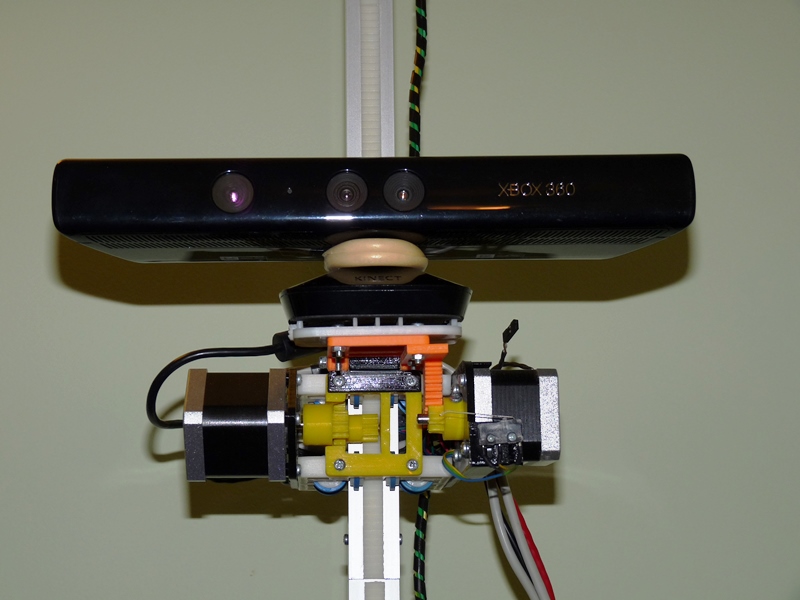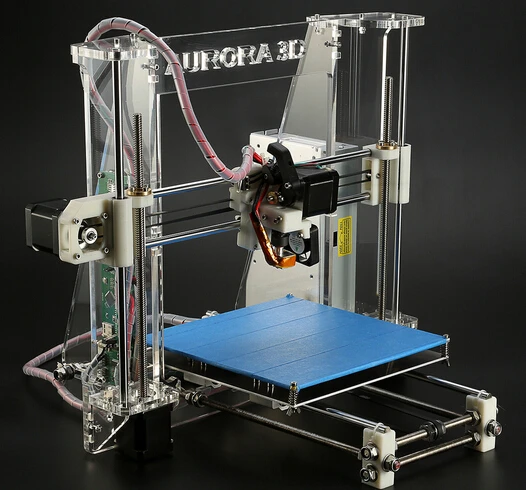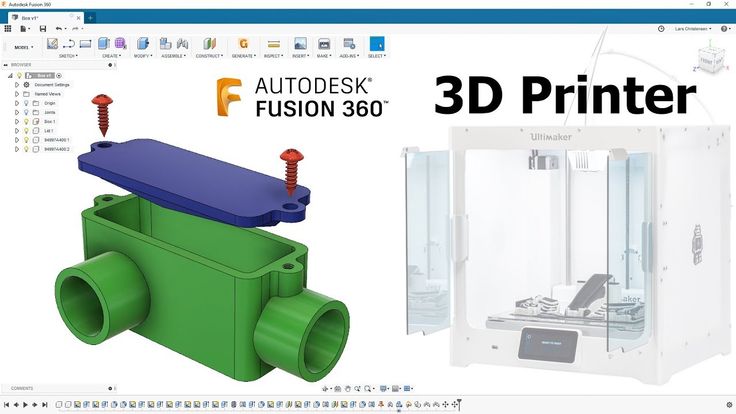Usmc 3d printing
Marine Corps Wants a Digital Blueprint Locker for Access to 3D Printing Plans Anywhere
Cpl. Aiden Bemis, a digital manufacturing engineer with 1st Supply Battalion, 1st Marine Logistics Group, I Marine Expeditionary Force, looks at the prototype of a steering wheel remover tool at Marine Corps Base Camp Pendleton, April 29, 2021. US Marine Corps Photo
The Marine Corps wants to establish a secure, digital repository that Marines anywhere could tap into for help building needed spare parts with 3D printers.
Currently, the Marine Corps has a digital repository created over the last few years and populated with files, technical data and other information to support additive manufacturing technologies, but it’s not organized as something like a detailed catalog, Marine Corps Systems Command officials said last week during a virtual session at the WEST 2021 conference, cohosted by the U.S. Naval Institute and AFCEA.
“We’re working toward a centralized digital repository the program offices will use to store their data and host Marine Corps design solutions,” said Kristin Holzworth, chief scientist at the Quantico, Va. -based SYSCOM’s Advanced Manufacturing Operations Cell, or AMOC. “Digital infrastructure is really the key,” Holzworth said. While more than 300 3D printers already are in use by units across the Marine Corps, “what we have is a data problem.”
“There’s a lot of data already out there,” she said, “but it’s all disaggregated and it’s unclear what we have, what we don’t have, and getting fleet access to what we do have can be quite difficult.”
The long-term goal “is a true program-of-record style repository” called the Digital Manufacturing Data Vault, said Holzworth, describing it as “a one-stop-shop for approval process, version control, approved part drawings and technical data packages.”
The Marine Corps plans to implement the DMDV during fiscal 2024, according to a SYSCOM brief on advanced manufacturing.
US Marine Corps Image
The digital vault “will hold all of the engineering data and shared data across the Marine Corps, as well as our sister services and” the Defense Logistics Agency, Holzworth said. It will serve as a life-cycle management tool for program offices, she added, “and it really will be an enterprise-wide advanced manufacturing solution.”
It will serve as a life-cycle management tool for program offices, she added, “and it really will be an enterprise-wide advanced manufacturing solution.”
“Interoperability is also a central tenet,” she said, and it will support collaboration with the services, DLA and allies as well as support innovation. “It will enable fleet-wide accessibility and provide access to the entire Marine Corps enterprise and also for operations in multiple environments, including base, station, depot and expeditionary.”
The existing repository has more than 400 parts, according to SYSCOM. A part-approval pipeline in place can process ideas from Marines in the field through the program office for evaluation. The program manager retains the approval authority on parts manufacturing, while unit commanders decide on using those parts.
Marine Corps Order 4700.4 on Additive Manufacturing, issued in March 2020, spells out the “rules of the road” for additive manufacturing, said Chief Warrant Officer 3 Joshua Whitehead, maintenance officer at SYSCOM’s Amphibious Vehicle Test Branch, located at Camp Pendleton, Calif.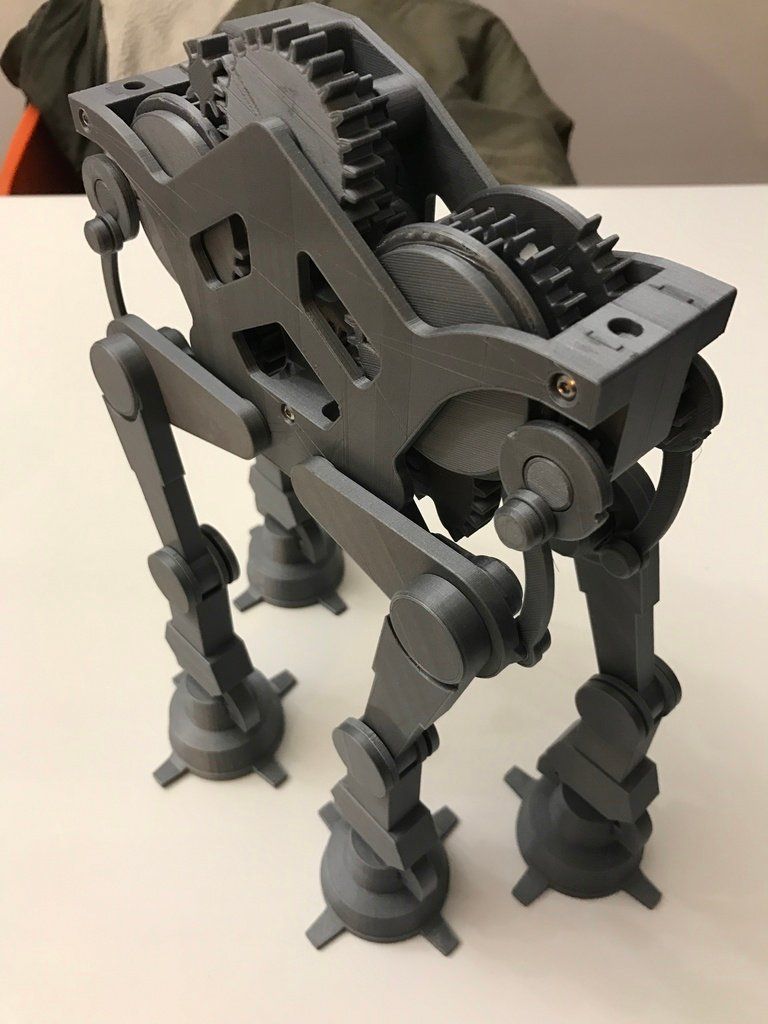 The 58-page order details “who can print what, where, part approval process, training and education, and it also covers legal implications” with one chapter on intellectual property, licensing and other exclusive rights that can protect copyrights and patents.
The 58-page order details “who can print what, where, part approval process, training and education, and it also covers legal implications” with one chapter on intellectual property, licensing and other exclusive rights that can protect copyrights and patents.
The order, Whitehead said, is an “80 percent solution” that will be revised with time and experience, and currently, it doesn’t address cybersecurity.
Legal issues were included in the MCO to help guide Marines and commanders’ decisions on 3D printing and prevent any unauthorized use of a vendor’s intellectual property. “Do we have options to buy it, or can we do a clean reverse-engineer and produce our own technical data,” Whitehead said in the WEST session brief to industry.
“We do not want the Marine Corps to become a manufacturer,” he said. “We just want to fix our things now, and as far forward as possible, vice waiting to get the actual solution into the fight.”
Additive manufacturing systems are helping fill critical needs in the field and out in the fleet, due to the aging equipment and diminishing supplies of replacement parts, Whitehead said. “We all face obsolescence issues and can benefit more from an agile supply chain.”
“We all face obsolescence issues and can benefit more from an agile supply chain.”
U.S. Marine Corps Cpl. Angelica Gonzalezsantillan, an engineer equipment mechanic with Logistics Combat Element, Marine Rotational Force – Darwin, prints on a 3D printer during an additive manufacturing class on RAAF Base Darwin, Northern Territory, Australia on Aug. 14, 2020. US Marine Corps
AM capability is seen as critical to the Marine Corps’ focus on expeditionary advanced base operations and littoral operations in a contested environment, which “call for small, highly-mobile detachments of Marines to maneuver among island chains to execute a mission and to attack and leave before being detected and targeted,” he said.
That’s a big leap from traditional operations with larger, battalion-sized landing teams of Marines landing ashore with similarly large footprints of logistical support. “While we’re still working on what the exact laydown looks like, we know it needs to be smaller by an order of magnitude or more,” Whitehead said. “There is no supply chain, so we need a capability to produce something on-demand, and that solution just needs to be able to lift me home or get me to the next fight.”
“There is no supply chain, so we need a capability to produce something on-demand, and that solution just needs to be able to lift me home or get me to the next fight.”
Units in future operations will be lightly equipped and will have to move and fight with limited parts on hand, officials say, and resupply of a critical part could be hours or days away. “If I can supplement that (class) IX-block (supply of parts) with a digital IX-block – a hard-drive with many advanced manufacturing repair-parts files as I can fit – and a suite of general machines to make them on-site, it’s much more expeditionary and more efficient for the Marine Corps,” he said.
Starting in fiscal 2022, each battalion will be getting 3D capability through the portable Tactical Fabrication (TACFAB) printing kit, Whitehead said, although some units have been buying their own through the General Services Administration catalog. The MCO, in fact, provides room for unit commanders to purchase printing systems.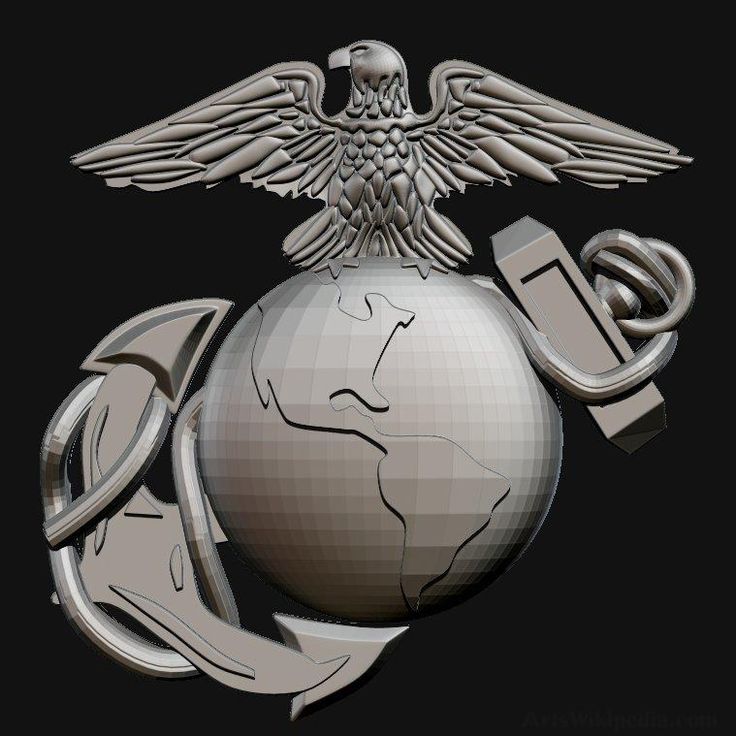 The larger X-FAB mobile shelter is getting fielded this fiscal 2021, giving units more capability to build parts. Larger printing systems exist at depot-level facilities.
The larger X-FAB mobile shelter is getting fielded this fiscal 2021, giving units more capability to build parts. Larger printing systems exist at depot-level facilities.
With the growing availability of 3D printing means any Marine could be a “maker” and learn to use the systems to make prototypes and parts, he said, noting so-called “Maker Spaces” are being established around the fleet and mobile training teams can teach on-site.
Marines 3D print a rocket headcap for mine-clearing missions > Marine Corps Systems Command > News Article Display
MARINE CORPS BASE QUANTICO, Va. --
The Marine Corps continues to leverage additive manufacturing to benefit the warfighter.
This summer, the Program Manager for Ammunition at Marine Corps Systems Command 3D printed a headcap for a rocket motor used to detonate a M58 Mine Clearing Line Charge. The MICLIC is a rocket-projected explosive line charge that provides a demining capability for Marines.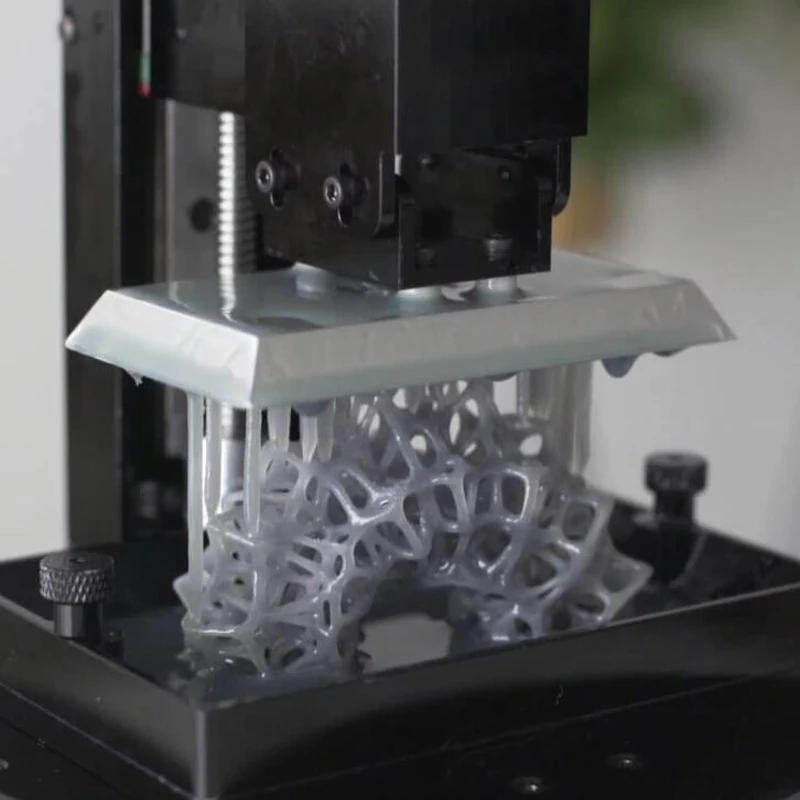
“The process of 3D printing allows Marines to create a physical object from a digital design,” said CWO2 Justin Trejo, a project officer with PM Ammo at MCSC. “We essentially created a 3D-printed product and incorporated it into a highly explosive system.”
Marines use the MICLIC to clear paths through minefields and other obstacles on the battlefield. However, traditional manufacturing methods for creating the headcap can be both timely and costly, said Trejo. MCSC wanted to identify a more efficient method for producing the part.
PM Ammo found the answer to this dilemma in additive manufacturing.
In 2019, PM Ammo began exploring alternative solutions for manufacturing the headcap. After many hours of research as well as developing and testing a prototype headcap, the team collaborated with Naval Surface Warfare Center Corona Division to produce a 3D-printed version.
Earlier this year, NSWC Corona produced the 3D-printed, stainless steel solution. The next month, PM Ammo representatives assessed the 3D product during a test event at Yuma Proving Ground in Yuma, Arizona.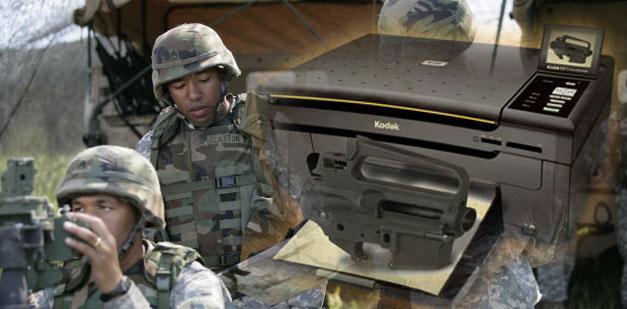 The evaluation involved launching the rocket motor to detonate the mine-clearing line charge.
The evaluation involved launching the rocket motor to detonate the mine-clearing line charge.
Trejo said the event went flawlessly.
“The rocket motor fired off just as intended and the line charge detonated as it is supposed to, which was a significant moment for us,” said Trejo. “In the future, we’d like to attempt to 3D print the headcap with its nozzles attached.”
He stressed the significance of the successful test event because it further confirmed the effectiveness of 3D printing, which has been growing in popularity within the Department of Defense.
Additive manufacturing provides Marines with a streamlined solution to meet their needs. In 2019, MCSC established its Advanced Manufacturing Operations Cell to serve as a 24/7 help desk for Marines who need assistance with 3D printing, and other sustainment and manufacturing solutions.
AMOC is available to answer questions, field requests for prints and fully vet any part that requires fabrication by a Marine organization.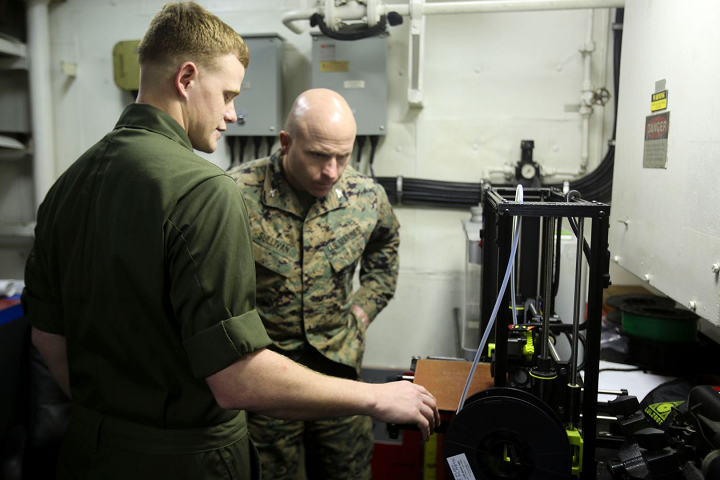 The team of skilled Marines and civilians has employed additive manufacturing to develop everything from innovative maintenance tools to a reinforced concrete bridge.
The team of skilled Marines and civilians has employed additive manufacturing to develop everything from innovative maintenance tools to a reinforced concrete bridge.
This 3D-printed headcap represents the Marine Corps going above and beyond to support our Marines.CWO2 Justin Trejo, a project officer with PM Ammo at Marine Corps Systems Command
Caleb Hughes, an engineer with MCSC’s PM Ammo who supported the Yuma testing event, said 3D printing saves the Marine Corps time and money.
“The previous process of traditional manufacturing is outdated, while 3D printing is a more modern manufacturing technique,” said Hughes. “I truly believe 3D printing is the next generation of the Marine Corps.”
Trejo believes additive manufacturing aligns with Commandant of the Marine Corps Gen. David Berger’s vision in that 3D printing helps increase Marines’ battlefield efficiency. Trejo said the manufacturing method enables the warfighter to be “lighter and faster,” critical attributes when supporting various missions.
“We’re able to create equipment parts and other assets for whatever particular mission we’re engaged in,” said Trejo. “This 3D-printed headcap represents the Marine Corps going above and beyond to support our Marines.”
More Media
Tags
Marines , Marine Corps , Marine Corps Systems Command , MCSC , MARCORSYSCOM , additive manufacturing , AMOC , Advanced Manufacturing Operations Cell , Naval Surface Warfare Center Corona Division , 3D printing , Commandant's Planning Guidance , LCES , Logistics Combat Element Systems
Free USMC SPECIAL 3D file・3D printed design for download・Cults
Best 3D Printer Files in Jewelry Category
Captain America Shield Keychain
Free
Lion Medallion
Free
Key Chain Naruto
0,50 €
keychains - Star Wars
2.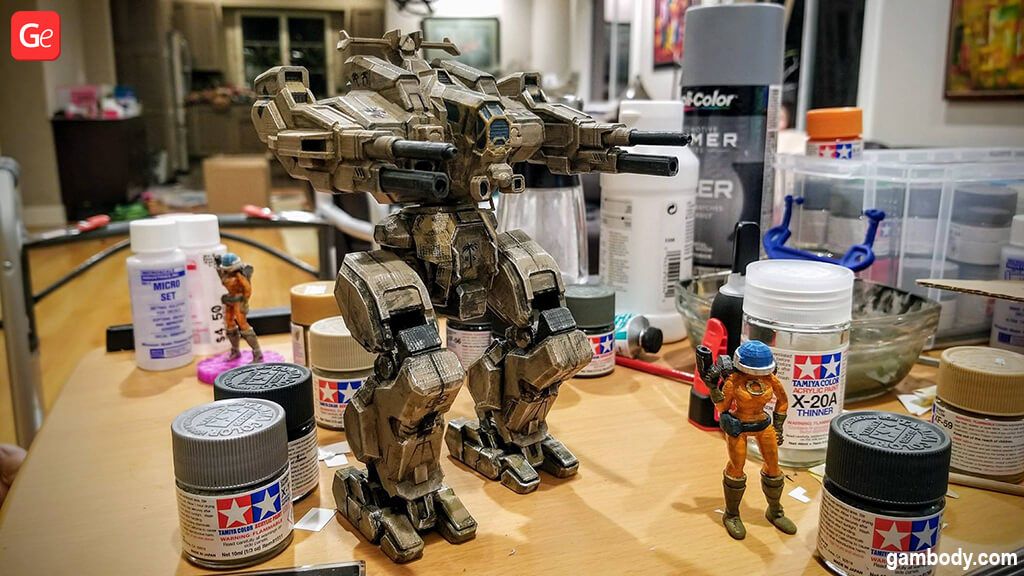 32 €
32 €
Animal ring collection - double extrusion version
Free
USB robot Dr Fluff New
Free
Skeletor Keychain
Free
Harmony Ring
9.19 €
Bestsellers in Jewelry category
Ear pads for Airpods Max
20 €
key rings / key ring, Christmas flower,
2.98 €
Hanger rack with hoops
3 €
CLUMSY COW Flexi
3,20 €
Jewelry Holder : My precious
5 €
keyrings / keychain , CHAINSAWMAN
2,40 €
key ring santa stormTrooper
0,50 €
Viserys Targaryen's Crown - an accessory corresponding to the series
9,60 €
Christmas Wreath Making Clay Cutters Set Winter Earring Cutters Christmas Clay Cutters Mini Clay Cutters 3 Sizes
€2. 50
50
Llavero pikachu
0,87 €
Christmas balls
0.99 €
keychains - Star Wars
2.32 €
Keychain with Guy Fawkes mask
1,25 €
Christmas Holly Leaf - Resin Cutter (Clay Cutter)
2.64 €
DISNEY LOCK - BOX FOR RINGS
2,50 €
Snowflake - polymer cutter (clay cutter)
3.05 €
Do you want to support Cults?
Do you like Cults and want to help us continue our journey on our own ? Please note that we are a small team of 3 people , so supporting us in keeping and working on future developments is easy. Here are 4 solutions available to everyone:
Here are 4 solutions available to everyone:
-
AD: Disable your AdBlock banner blocker and click on our banner ads.
-
AFFILIATION: Shop online with our affiliate links here Amazon.
-
DONATIONS: If you want, you can donate via PayPal here.
-
* INVITE FRIENDS: * Invite your friends, discover the platform and great 3D files shared by the community!
Subscribe to the author
Subscribe
I do not want
Square infantrymen at the KEMP-Pendleton military base, an experienced arched shelter to protect the ground technology from using a construction 3D printer designed and manufactured by Texas-based ICON.
ICON is already known to our readers for several construction projects using the company's additive equipment.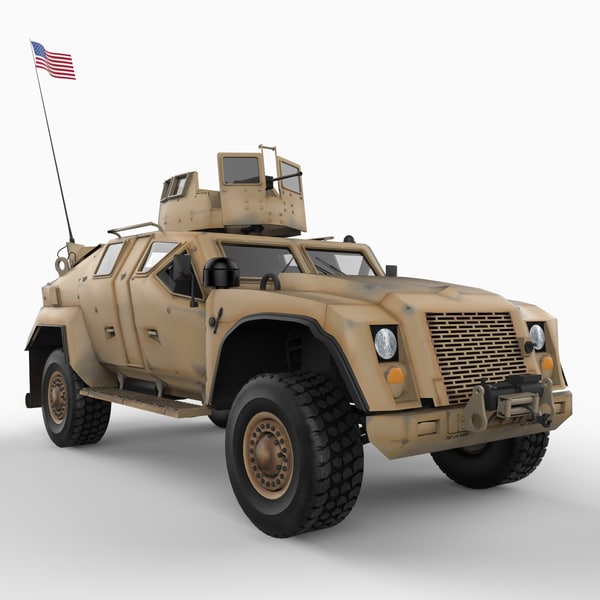 ICON has worked extensively with New Story, a non-profit low-income housing organization, and has completed at least two major demonstration projects—a few houses on the outskirts of Austin and an entire village in the Mexican state of Tabasco ( in the illustration below ).
ICON has worked extensively with New Story, a non-profit low-income housing organization, and has completed at least two major demonstration projects—a few houses on the outskirts of Austin and an entire village in the Mexican state of Tabasco ( in the illustration below ).
These projects, like the recent experiment at the military base, used the Vulcan II 3D printer, launched in spring 2019. The system is a gantry design that prints Lavacrete's specialized cement blends based on Portland cement with a compressive strength of about 6000 psi. The equipment is controlled from a tablet, complies with the IP66 standard (protection against dust and moisture) and consumes from 16 to 35 kW. The service team consists of four to six people who manage the operation of the 3D printer, mixing and feeding equipment in shifts.
Over the past year, ICON has partnered with the Defense Innovation Unit (DIU), a US Department of Defense organization dedicated to bringing commercial technology to defense applications that is also interested in the possibilities of building additive technologies. In January of this year, the Texas facility trained a detachment of eight Marines in the intricacies of software, additive system design, and mortar preparation, and now it's time for practical training in the field. After several hours of briefing and visual demonstrations, the Marines took control of the equipment, made four blocks themselves, and assembled the caponier.
In January of this year, the Texas facility trained a detachment of eight Marines in the intricacies of software, additive system design, and mortar preparation, and now it's time for practical training in the field. After several hours of briefing and visual demonstrations, the Marines took control of the equipment, made four blocks themselves, and assembled the caponier.
Ease of use is the pride of the developers who designed a convenient system controlled via a regular tablet: the team had the task of printing a shelter in 40-48 hours, taking into account the time for correcting errors and additional training, but the team managed to complete it in a day and a half.
The total duration of the work was three and a half days, taking into account the time for curing and assembling the four sections into a single whole. The resulting shelter reaches eight meters in length, four meters in width and four and a half in height.
The Defense Innovation Division and the US Marine Corps are exploring the use of 3D printing technology for both military construction and humanitarian purposes, such as emergency construction of residential buildings and civilian infrastructure in cases of natural or man-made disasters.
construction Marines shelter Icon
Follow the author
Follow
Don't want
1
More interesting articles
eleven
Subscribe to the author
Subscribe
Don't want
Scientists of Sechenov University, Baikal Institute of Nature Management, Siberian Branch of the Russian Academy of Sciences...
Read more
5
Follow the author
Subscribe
Don't want
Establishment of the center will help improve the quality and reduce the cost of engineering products.





